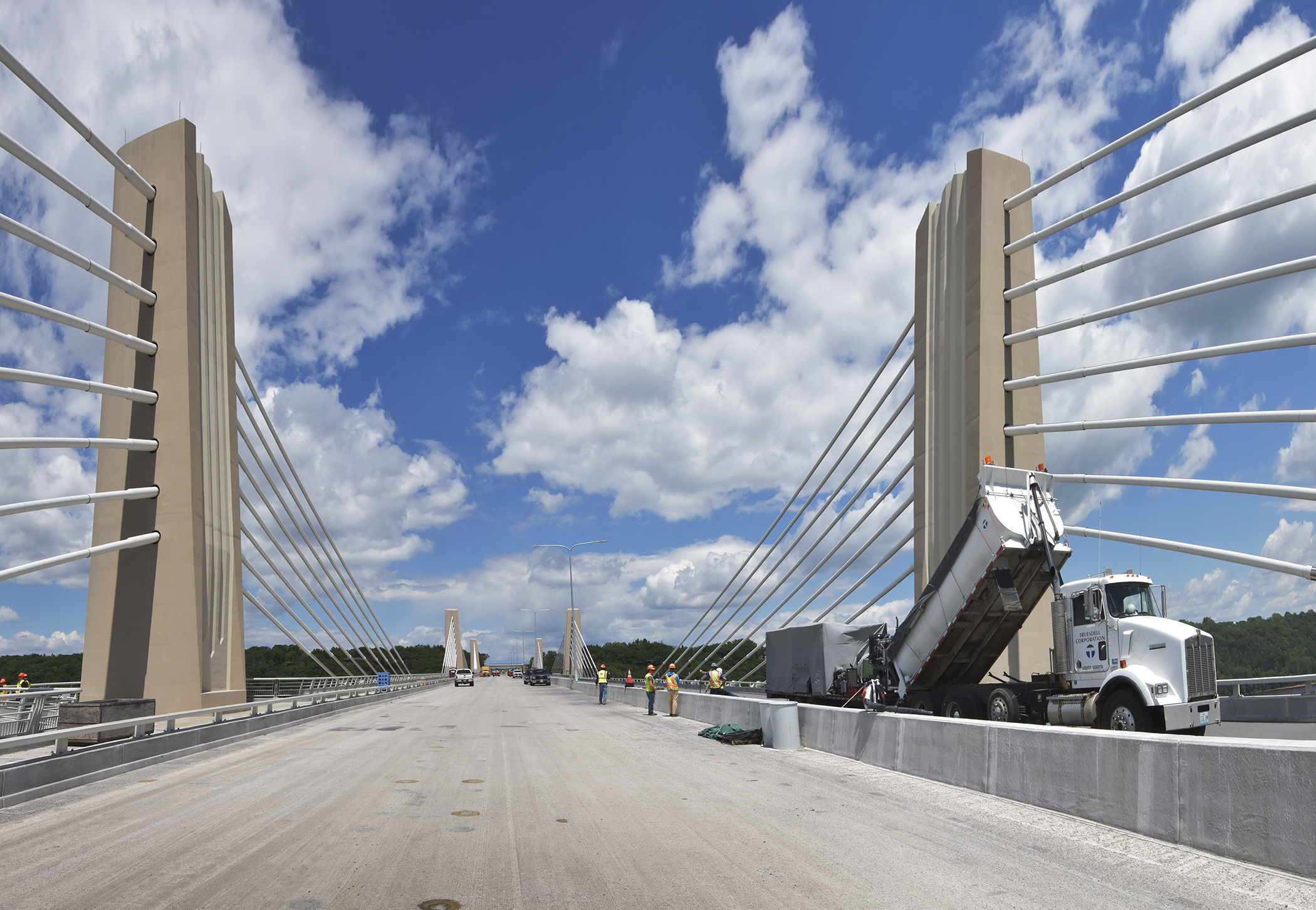Testifiers tout economic benefits of transportation spending

On the same day Gov. Tim Walz introduced his biennial budget proposal, the House Transportation Finance and Policy Committee learned more about using transportation as a tool for economic recovery.
Members heard several presentations from transportation advocates citing research they say shows money spent on roads, bridges and public transit generates a strong return on those investments.
A 2015 study, for example, found that a $600 million annual increase in Minnesota’s budget to build roads and bridges would generate $1.45 billion in economic output, $742 million in value added and create or support more than 12,000 jobs.
But several testifiers also pointed out that some transportation investments produce better returns than others.
Beth Osborne, director of national nonprofit organization Transportation for America, discussed work done in her previous role as an assistant secretary for the U.S. Department of Transportation.
She said lessons learned from a previous stimulus package – the 2009 American Reinvestment and Recovery Act – which gave states more than $34 billion to spend on surface and public transportation capital projects, can be used to inform investments now.
In looking at how that money was spent, Osborne said, “The top-line finding is that transit and roadway repair projects generate more jobs per dollar.”
A study that examined that 2009 stimulus package also drew several conclusions, among them:
- a dollar spent on public transportation produced 70% more job hours than a dollar spent on highways;
- investing in transit expansion and improvement, along with providing emergency funding to stabilize operations creates the maximum number of jobs;
- given the flexibility to use stimulus money how they wanted, states did not spend the money on projects that created the most jobs the quickest; and
- funding should be dedicated toward rebuilding infrastructure, and states should be held accountable for doing so.
Rick Trontvet, senior vice president of human resources at Marvin Windows in Warroad, offered another perspective.
He spoke about the importance of well-maintained roads and bridges to businesses in northwest Minnesota, where some employers are having trouble filling openings for good jobs, and employees often need to travel long distances to reach them.
“In Warroad now we are really, really hurting in terms of a shortage of people, we’ve got 150 to 170 jobs open in our Warroad plant,” Trontvet said. “We need really solid, dependable roads.”
Rep. Frank Hornstein (DFL-Mpls), the committee chair, said members will continue to learn about using transportation to spur economic growth in future meetings and the subject would frame the discussion for their work this year, more so than in past years.
“This is a very, very important topic,” Hornstein said. “… I think it’s important we get the best bang for our buck in terms of transportation dollars.”
Related Articles
Search Session Daily
Advanced Search OptionsPriority Dailies
Speaker Emerita Melissa Hortman, husband killed in attack
By HPIS Staff House Speaker Emerita Melissa Hortman (DFL-Brooklyn Park) and her husband, Mark, were fatally shot in their home early Saturday morning.
Gov. Tim Walz announced the news dur...
House Speaker Emerita Melissa Hortman (DFL-Brooklyn Park) and her husband, Mark, were fatally shot in their home early Saturday morning.
Gov. Tim Walz announced the news dur...
Lawmakers deliver budget bills to governor's desk in one-day special session
By Mike Cook About that talk of needing all 21 hours left in a legislative day to complete a special session?
House members were more than up to the challenge Monday. Beginning at 10 a.m...
About that talk of needing all 21 hours left in a legislative day to complete a special session?
House members were more than up to the challenge Monday. Beginning at 10 a.m...